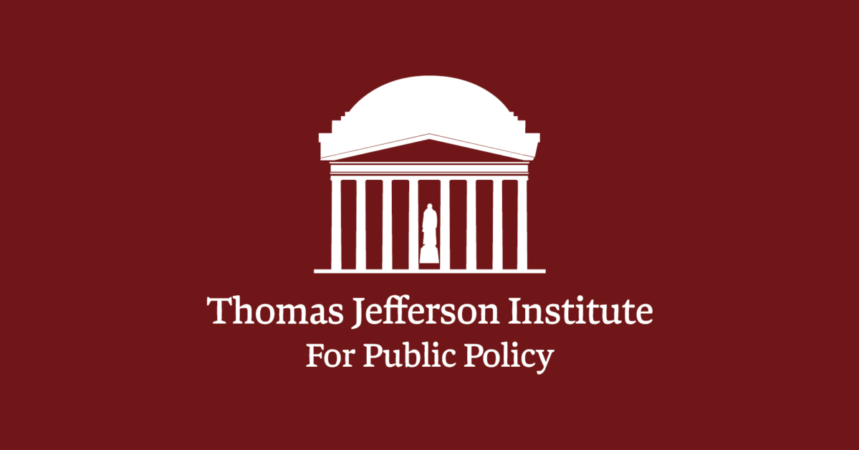The ongoing drama of U.S infrastructure, including highways and bridges, concerns a supposed funding gap. Hence, the endless battles over whether to increase federal and state fuel taxes. Far too little notice is given to the fact that over the last 15 years or so, global infrastructure investment funds have raised something like $300 billion in equity to invest in highways, bridges, airport, seaports, waterways, energy, and water projects. I document this important phenomenon in the “Transportation Finance” chapter of Reason Foundation’s Annual Privatization Report 2015, just released. (http://reason.org/news/show/apr-2015-transportation-finance)
Last year alone these funds raised $48.3 billion, a new annual record. A survey by Probitas Partners found that as of last year 54% of institutional investors (including investment banks, insurance companies, pension funds, and mutual funds) now have a separate allocation for infrastructure. The largest of the infrastructure equity funds, Macquarie Infrastructure and Real Assets, has raised over $27 billion during the past five years.
Given the U.S. and global shortfall in infrastructure investment, what is amazing (and tragic) is that the majority of what all these funds have raised is not yet invested in actual projects. And that is because so much U.S. transportation infrastructure is still government owned and operated (airports, highways, ports, waterways, etc.). Most of these funds have raised money to invest as equity—but you can’t buy part ownership of government infrastructure. The only way such investments can be made is via long-term concession PPPs (P3s), in which the equity is invested in a special-purpose company that wins the right to design, finance, build (or rebuild), operate, and maintain a transportation facility. In other words, for the duration of the agreement (typically 35 to 70 years) it becomes the de-factor owner/operator, subject to the terms and conditions of the concession agreement.
More widespread use of such long-term concessions is inhibited by (1) lack of enabling legislation in many states, (2) inadequate expertise in the state DOT or other relevant agency in procuring and then overseeing mega-project concessions, and (3) ill-informed opposition, either to direct user charges (e.g., highway or waterway tolls) or to concessions themselves (often dubbed “crony capitalism” or bad-mouthed as “foreign takeovers” of vital infrastructure).
In the chapter I respond to this “foreigner” concern with specifics. First, of the top 30 global infrastructure funds, 33% of the capital raised last year came from the United States, and another 13% from Canada. Add in Australia, and the total is 77% from the Anglosphere, with most of the rest coming from Europe. By contrast, of the 39 largest transportation infrastructure developer/operators actually doing long-term concession projects, nearly all are European or Australian. The only U.S. company that makes this list is Fluor. That is because until very recently, privately financed, developed, and operated highways, airports, seaports, etc. were unknown in America—but were increasingly common in Europe and Australia. So that’s where the expertise and track records are. Increasingly, U.S. firms are taking part in joint ventures to bid for U.S. concession projects, so as the market expands, more U.S. firms will become bigger players.
One of the most important U.S. trends is that public employee pension funds are starting to move aggressively into P3 infrastructure. In doing so, they are following a trail blazed by their Australian
and Canadian counterparts for well over a decade. Public employee unions themselves, as recently as a couple of years ago, railed against “privatization” of public infrastructure, such as the long-term lease concession of the Indiana Toll Road in 2006. But when the concession was put up for auction this year, the winning bidder was a consortium of public employee pension funds, led by Australia’s giant Industry Funds Management but with serious participation by major public employee pension funds from Arizona, California, Florida, Illinois, and New York City. Their trustees have figured out that existing (“brownfield”) infrastructure is lower-risk than brand new (“greenfield”) infrastructure, and is a good fit for their long-term liabilities.
Incidentally, I wrote a companion chapter that summarizes recent trends in P3 highway and bridge projects, mostly in the United States but with some global trends included for context. Go to: http://reason.org/news/show/apr-2015-surface-transportation.
(This article first ran in the May 2015 issue of Surface Transportation Innovations)






